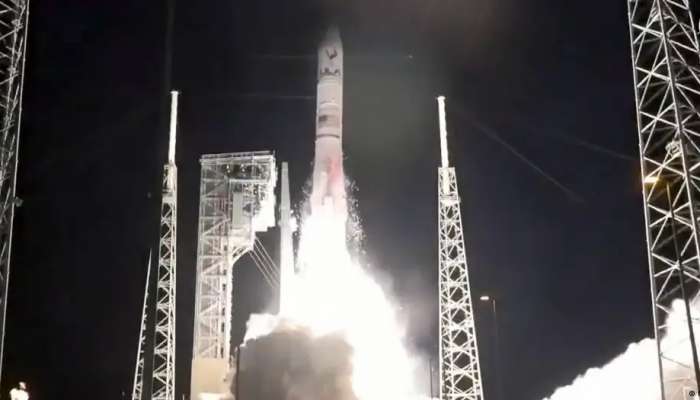
Florida: The first US-based spacecraft to attempt a moon landing in more than half a century blasted off in the predawn hours on Monday morning from the Cape Canaveral Space Force Station in Florida.
The "Vulcan" rocket, built by Boeing and Lockheed Martin's "United Launch Alliance" (ULA), lifted off from the space station at 2:18 a.m. (718 GMT). On board the rocket is Astrobotic Technology's lunar lander, "Peregrine."
The Pittsburgh-based private space robotics firm aims to be the first private company to land a craft on the moon.
"Everything looks just spot on, just perfect," Eric Monda, a ULA mission official, said from the company's launch control room after Vulcan lifted off for the first time.
Some 30 minutes into liftoff, ULA said on social media that the flight was stable as it orbited around the Earth in the first part of the journey.
"Half-way through this coast period, Centaur systems remain stable as it coasts in Earth orbit, headed to a precise point in space above the Indian Ocean where the second engine firing is planned."
Soon after, the rocket's engines ignited again, "to climb from its initial parking orbit into a trans-lunar injection orbit for the Moon-bound Peregrine lander," ULA tweeted.
Scheduled to touchdown on February 23, the Peregrine lunar lander's anticipated mission will gather data about the lunar surface ahead of planned future human missions.
If all goes well, Peregrine would mark the first US soft landing on the moon since the final Apollo landing in 1972.